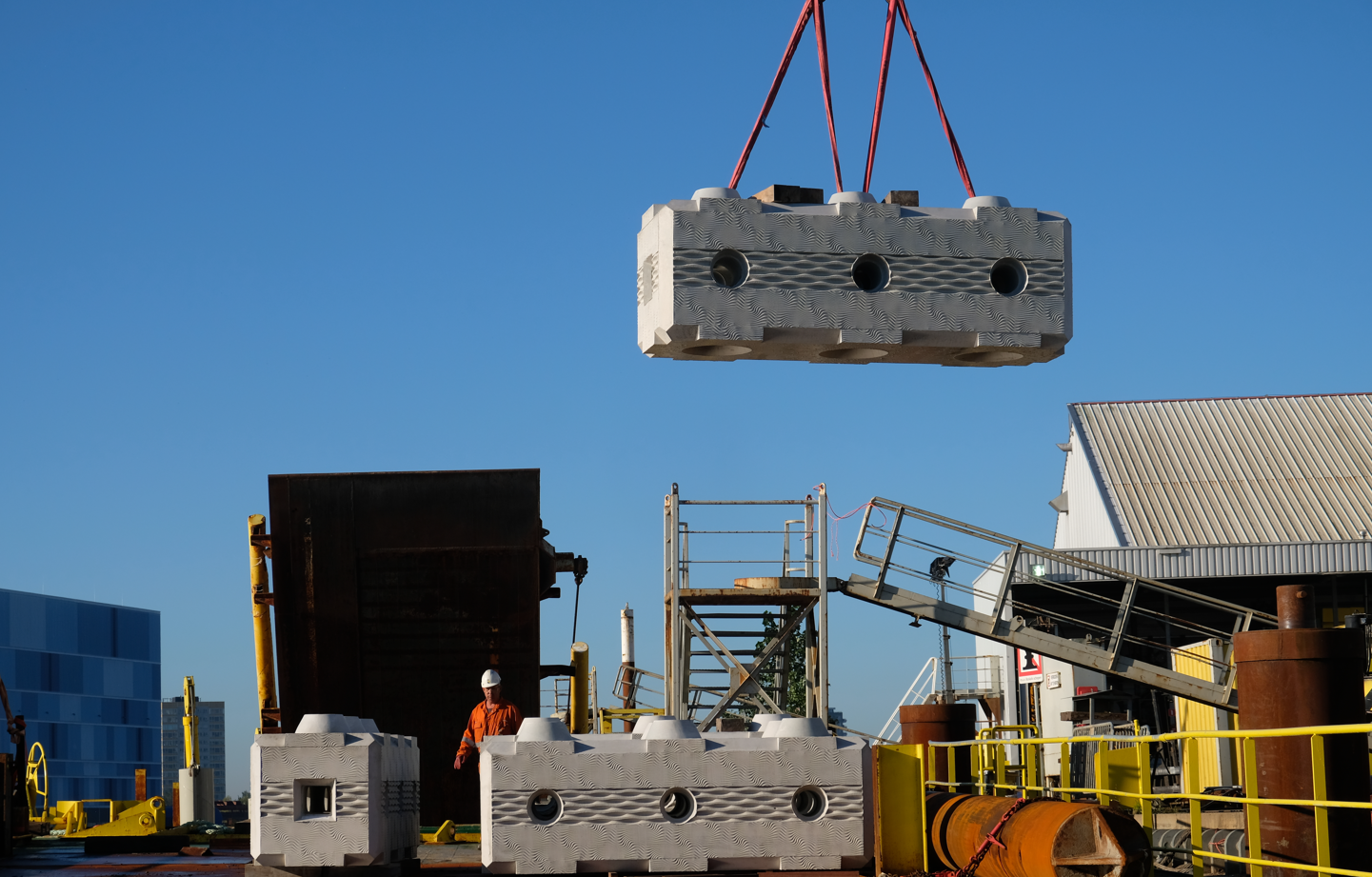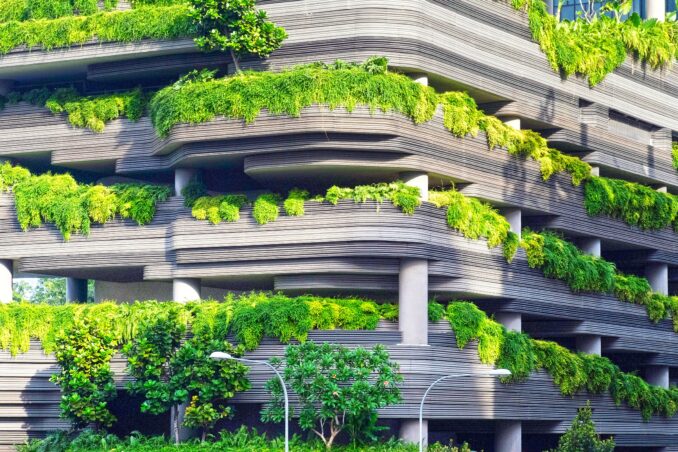
About Reefy
- Founders: Jaime Ascencio & Leon Haines
- Founded in: 2019
- Employees: 5
- Money raised: 500K
- Ultimate goal: Large-scale reef regeneration for healthy and resilient coastlines where both people and nature flourish
Coral reefs are struggling to survive. Just as it was the case last year, ocean temperatures around parts of the Great Barrier Reef have once again reached record heat levels. This poses the threat of mass bleaching, which could eventually lead to the extinction of the coral reef. Rising sea levels are another major threat. The coral is left gasping for breath this way. Jaime Ascencio and Leon Haines have developed an artificial reef that keeps marine life intact and protects the coastline. Haines, co-founder of Reefy, talks more about it in this instalment of start-up of the day.
How did you come up with the idea?
“The idea for Reefy came from my co-founder Jaime. He was born and raised in Mexico and also studied civil engineering there. After graduating, he started working as a Business Engineer to find solutions for hotels and resorts that were experiencing problems related to coastal erosion. He used to sell breakwater systems, but he started noticing a need for more sustainable alternatives. When we scouted the market, something caught our attention: the artificial reefs that are already being used are not stable in waves.
A good example is a ball-shaped reef. This is an artificial reef in the shape of a ball with holes in it where fish can shelter. If you place these balls in waves, they start rolling around and end up on the beach. This could happen, especially during a hurricane or other natural disaster that involves powerful waves. Jaime was convinced this could be done in a better way and from that idea, Reefy was born.”
How did you end up working with each other?
“Jaime understood technology from an engineering perspective. In order to reconcile this with ecological aspects, he started looking for a co-founder. Back then, I had just graduated as a marine biologist and already had some experience in coral restoration. I came into contact with Jaime through Instagram. He had just set up his socials and was following accounts that were also involved in the same sector. For example, the restoration of dying coral as well as protecting coastal areas and beaches from rising sea levels, storms and hurricanes. Later on, he posted a photo announcing that he was looking for a co-founder. I responded right away and that’s how we ended up working together.”

What kind of product have you developed?
“This is a concrete lego block with holes in it, which is low in cement. Our block provides the foundation for coral growth. The way coral reefs could repair themselves in the past, so can our reefs. Coral is able to grow on it. At the same time, fish, lobsters and other marine animals can reproduce or seek shelter. The artificial reefs are quite heavy, so that means they are stable. We can place the blocks on, next to and against each other in a multitude of ways. Placing them at the right distances from each other creates a relief landscape. We can compare this to natural coral reefs that protect the coastline from waves and storms. And they work: because the first blocks have already been tested in the hydraulics laboratory in Delft to see how they withstand hurricane force winds. Our reefs form natural breakwater structures that can repair themselves after a storm. Also, we are able to give pieces of coral that have broken off a second life by attaching them to the reef.”
What do you do differently compared to your competitors?
“On the one hand, there are breakwater structures that large companies build. These entail fabricating large concrete elements for coastal defence structures. The disadvantage of these units is that they do not really make nature particularly happy. With these kinds of breakwater structures, you basically create a hard barrier that does not provide any habitat for marine life. On the other hand, there are other companies that are developing artificial reefs. That’s a good thing, but they often focus solely on the ecological aspects. They tend not to look at the stability and engineering that is needed to be able to deploy these kinds of reefs as breakwater systems.
We are the only company on the market dedicated to combining engineering and technology. This is how we are bringing two markets together so that we can come up with a targeted solution. And so far, we are managing to do that quite well, because earlier tests showed that our reefs are strong enough to withstand hurricane-force waves and still affect nature in a positive way. Now we know we are on the right track, but it has come at a cost.”

What challenges have you run into?
“I think that’s really typical for us because we’re a start-up that has developed a hardware product. These are very large units. So, you can’t just run tests on those prototypes in your backyard and develop them further. Especially if they are bulky and heavy blocks that measure at least three meters in length. Moreover, they are expensive to install, especially for a start-up. Also, establishing partnerships took a lot of time. In retrospect, that turned out to be well worth the effort. After all, we recently started a pilot in collaboration with Boskalis, the Municipality of Rotterdam and the Dutch Directorate-General for Public Works and Water Management under the name: The Rotterdam Reef. During this pilot phase, its technical stability and ecological development will be monitored to see how the reef functions as a wave barrier in Dutch waters.”
What are your goals for the future?
“We would still like to use this year to test our technology in the Netherlands. That still ties in with the project I just spoke about. Next year, we plan to expand to Mexico so that we can carry out several pilots. We want to find out if our product can also have a positive impact in tropical climates. Hurricane surges are a lot more common there than here. Therefore, we want to demonstrate that our artificial reef works satisfactorily in those places as well. Once we have managed to do all that, we want to commercialize one hundred percent and become the leading sustainable solution.”


